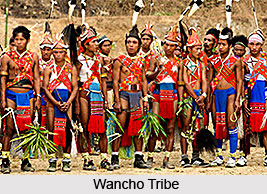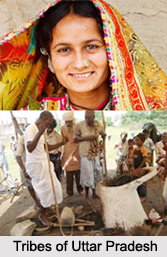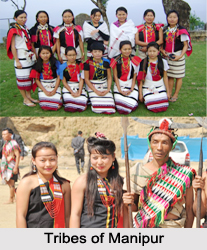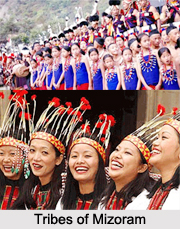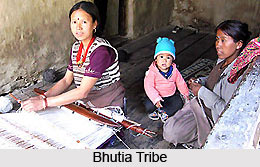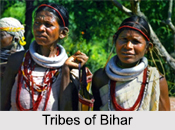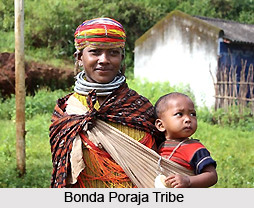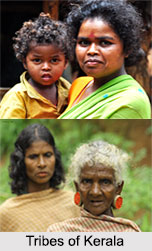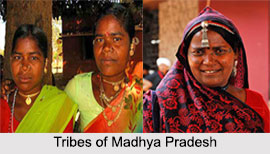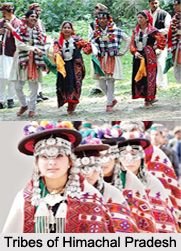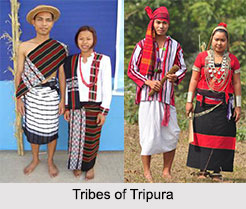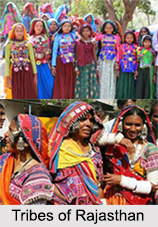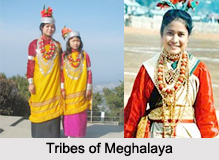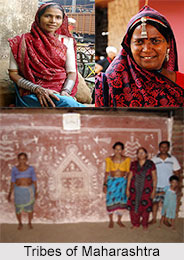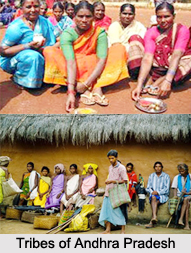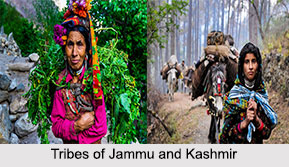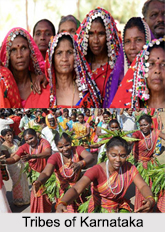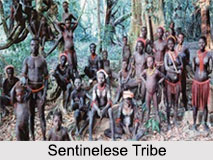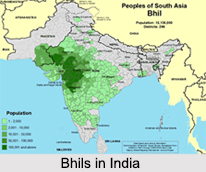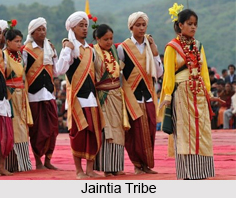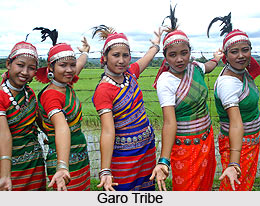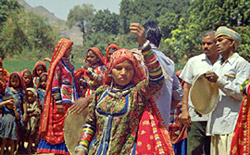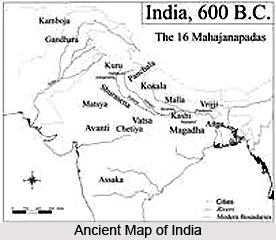 Kosalas as a tribe has not been mentioned in the early Vedic literature. It is only in some of the later Vedic works, like the Shatapatha Brahmana and the Kalpasutras that Kosala is referred to as a country. Kosala has also been mentioned in the Pali Buddhist literature as one of the sixteen great countries of Jambudwipa or India. Panini has also mentioned Kosala in one of his Sutras. In the Atthasalini Kosala has been mentioned as one of the great Kshatriya tribes in Buddha`s time.
Kosalas as a tribe has not been mentioned in the early Vedic literature. It is only in some of the later Vedic works, like the Shatapatha Brahmana and the Kalpasutras that Kosala is referred to as a country. Kosala has also been mentioned in the Pali Buddhist literature as one of the sixteen great countries of Jambudwipa or India. Panini has also mentioned Kosala in one of his Sutras. In the Atthasalini Kosala has been mentioned as one of the great Kshatriya tribes in Buddha`s time.
Kosala lay to the east of the Kurus and Panchalas, and to the west of the Videhas, from whom it was separated by the river Sadanira, probably the great Gandak. It has been said that the country of Kosala lay to the north-east of the Ganges, and corresponds roughly to the modern Oudh. It has been referred by historians that the Kosalas were the ruling clan in the kingdom whose capital was Savatthi. It has also been said that Kosalas were almost certainly of the Aryan race. They belonged to the solar family, and were supposed to have derived directly from Manu through Iksvaku. It has been referred in the Vedic literature that that the Iksvakus were originally a branch of the Purus. Kosala is known to the Buddhists as the land of the Kosala princes, tracing their descent from Iksvaku. The descent of those ruling princes of Kosala from Iksvaku is borne out by the genealogies in the Ramayana as well as the Puranas.
In the Shatapatha Brahamana the Kosala-Videhas it has been mentioned that the Kosalas had come into the picture after the Kuru-Panchalas under the influence of Brahmanism. It is in the epic period that Kosala emerges into importance. The scene of action of the Ramayana is in Kosala, the princes of which country carried Aryan civilisation to the south as far as the island of Ceylon. It has been said in history that the Kosalas had friendly relations with the eastern kingdoms of Videha, Anga and Magadha, the Punjab kingdoms of Kekaya, Sindhu and Sauvira, the western kingdom of Surastra, and the Daksinatya kings.
As far as the Kosalas are considered in the Battle at Kurukshetra it has been said that as defeat was inflicted upon the Kosalas by Bhimasena they had joined Duryodhana and had marched against the Pandavas in the battle of Kurukshetra. After the war of Kurukshetra Kosala kingdom was once again attacked and conquered by Arjuna.
It is seen that as in the epics, so also in the Puranas, the Kosalas are given great prominence among the Aryan Kshatriya tribes of North India. According to Purana and Epic accounts, the Kosala line of kings derived from Iksvaku produced a large number of sovereigns who held the glory of the family very high, and some of them were Mandhata, Sagara, Bhagiratha and Raghu.
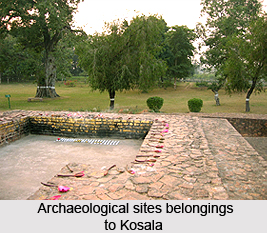 Historical records narrate that Trisanku`s son Harischandra was a very great monarch of the Kosalas. He had celebrated a Rajasuya sacrifice and had become famous as a samrat or an emperor. It has been said that with Vahu, who had come to throne of Kosala several generations after Harishchandra, the Kosala power had suffered a great reverse. Vahu was defeated by his enemies, a confederacy of the Haihyas, Talajanghas and other allied Kshatriya tribes and was finally forced to abdicate.
Historical records narrate that Trisanku`s son Harischandra was a very great monarch of the Kosalas. He had celebrated a Rajasuya sacrifice and had become famous as a samrat or an emperor. It has been said that with Vahu, who had come to throne of Kosala several generations after Harishchandra, the Kosala power had suffered a great reverse. Vahu was defeated by his enemies, a confederacy of the Haihyas, Talajanghas and other allied Kshatriya tribes and was finally forced to abdicate.
Some of the popular Kosala kings were Rituparna, Khatvanga. It has been said that after Lord Rama, the extensive Kosalan Empire was divided amongst the sons of himself and his three brothers. The sons of the youngest brother, Satrughna, ruled Mathura; the sons of Laksmana established two kingdoms in the far north, in the neighbourhood of the Himalayas, while Bharata`s sons founded the cities of Taksasila and Puskaravati in the Gandhara country, according to the Vayu Purana. The Kosala country proper is said to have been divided into two. In southern Kosala, Kusha, the elder of the two sons of Rama, became king, and transferred his capital from Ayodhya to Kusasthali which he built on the Vindhya Range. While Lava, the younger, became the ruler of the northern Kosala country and set up his capital at the city of Saravati or Sravasti which was still the seat of the Kosala sovereigns in the Buddha`s time.
Many of the Puranas end their enumeration of the Kosala kings with Brhadbala, while some others, like the Bhagavata has added a few more names of men who were called the future kings of the Iksvaku family.
Kosala in the early days had occupied a prominent position in India but the growing power of the Magadhas had eclipsed the power of the Kosalas. It has also been said that Kosala and Kasi were the closest neighbours but there existed a jealousy among them. Each was looking out for an opportunity to inflict a defeat on the other, and annex either the whole or at least a part of the other`s dominions. Sometimes they also appear to have been connected by matrimony, and it is probable that the two countries were united sometimes by conquest and sometimes perhaps by a common heir succeeding to the throne of both countries. Even in Vedic times they were closely associated, as is shown by the phrase Kasi-Kosala, which occurs in Vedic literature.
The inhabitants of Kosala had got converted to Buddhism. Legend says that once when Lord Buddha had visited the land of the Kosalas many of the Brahmin households had gone to visit him and they were so satisfied that many of them became his life-long disciples and hence the spirit of Buddhism got fostered into Kosala.
About the people of Kosala it has been said that the inhabitants of Kosala were healthy and powerful. The Kosalan kings and princes received a good education which was finished at Taxila. It has been recorded that that a conversational dialect, probably based on the local dialect of Sravasti, was in general use among Kosala officials, among merchants and among the more cultured classes, not only throughout the Kosala dominions but east and west from Delhi to Patna, and north and south from Sravasti to Avanti. An important aspect of the Kosala kingdom was that Kosala was also the very centre of Buddhist literary activity.
